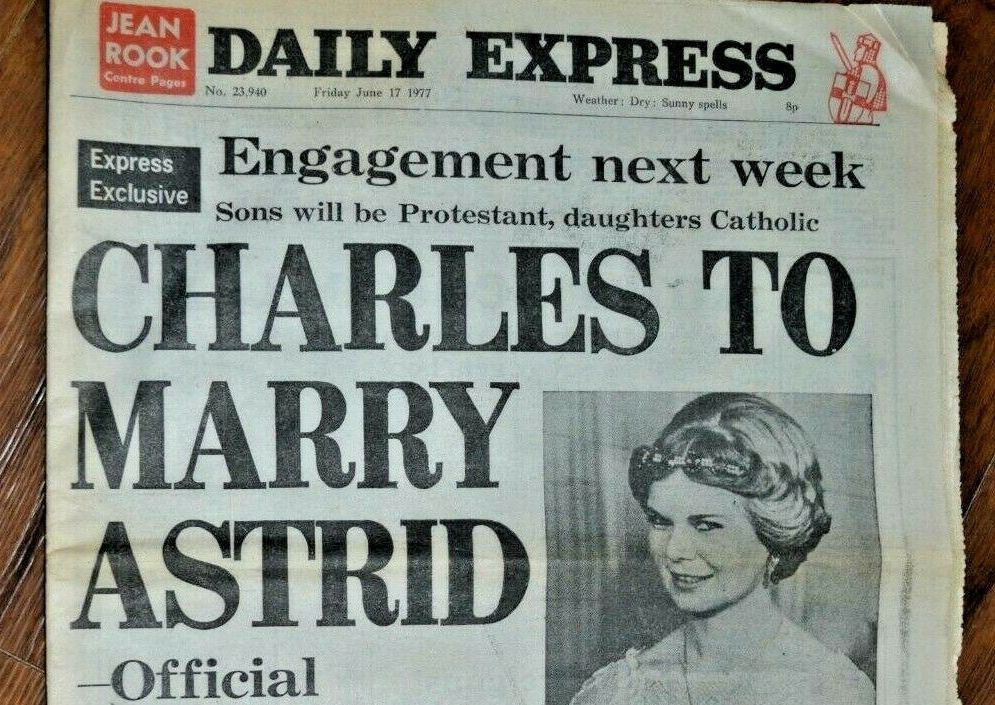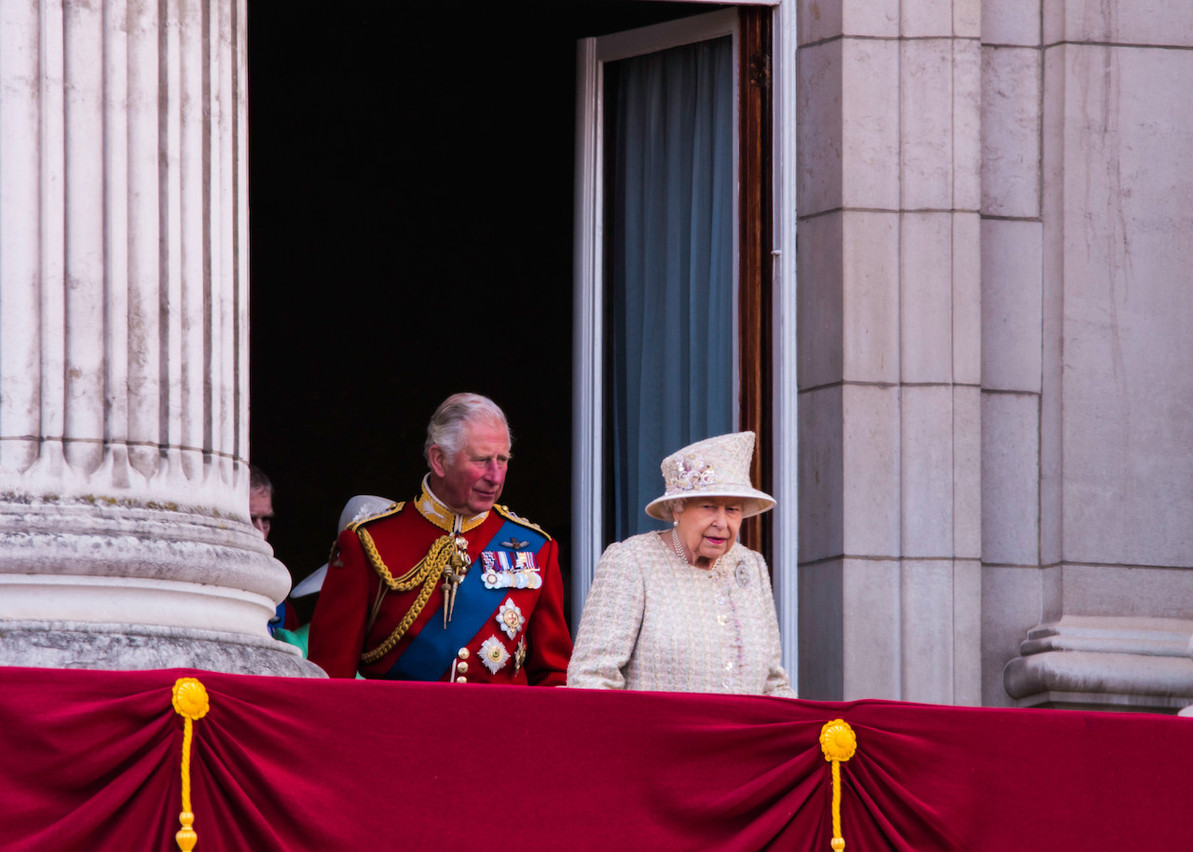Back in the mid 1970s, when Prince Charles, Prince of Wales, was approaching his 30th birthday and still unmarried, rumour was rife about who might possibly end up being his wife and future Queen.
One of the names circulating in the media was Princess Marie-Astrid of Luxembourg who was, in the words of a reporter, “exactly the kind of girl for whom Prince Charles apparently has a preference: slim, blonde, attractive and intelligent.” Indeed, the eldest child of Grand Duke Jean and Grand Duchess Josephine-Charlotte, Marie-Astrid was born in February 1954, just a year before her younger brother Henri who succeeded his father as grand duke in October 2000.
Crucially, Marie-Astrid was just five-and-a-half years younger than Charles and one of the few royal princesses of Europe who were unattached at the time. But equally crucially, she was a Catholic, and that posed a constitutional problem for any potential match. Because Charles would become the Head of the Church of England upon his accession to the throne, a marriage with a Catholic was prohibited by the Act of Settlement of 1701, which was created with the specific purpose of ensuring a Protestant line of heritage.
But that did not stop some newspapers from reporting on the potential of a match between Charles and Marie-Astrid. The front page of the Daily Express of 17 June 1977, just 10 days after huge celebrations marking the Silver Jubilee of the accession of Queen Elizabeth II, from proclaiming “Charles to marry Astrid” and even had the subhead “official”.

The front page of the Daily Express of 17 June 1977. The article suggested a constitutional arrangement would mean “any sons of the marriage will be brought up according to the Church of England while daughters will be raised in the Catholic faith”. Ebay
Express reporter John Warden wrote: “The couple’s difference of religion--she is a Roman Catholic--will be overcome by a novel constitutional arrangement: any sons of the marriage will be brought up according to the Church of England while daughters will be raised in the Catholic faith.” He claimed that, “The formal engagement will be announced from Buckingham Palace next Monday.”
Of course, no such announcement was made, and the palace has repeatedly denied or refocused to comment on whether an engagement was even on the cards.
Queen Elizabeth II “enchanted” by Luxembourg princess
But an article in The Washington Post in July 1980, just seven months before the announcement of Charles’ engagement to Diana Spencer, shed some light on the story.
Leonard Downie, Jr, wrote that Charles and Marie-Astrid first met when she was 24 years old. She was representing Grand Duke Henri at his investiture as Prince of Wales and heir to the throne. “It was his mother, the queen, who reportedly was later ‘enchanted’ by the princess during a visit by the British royal family to Luxembourg,” the Post article claims.
According to Downie, Jr, Queen Elizabeth II even arranged a lunch in Brussels near the end of 1976 “attended by Prince Charles, Princess Marie-Astrid, other royal personages and, apparently most significantly, a Belgian cardinal and a representative of England.” But the article also states that Buckingham Palace has repeatedly denied or refused to comment on the that meeting.
Protestant protests
Strong opposition to the potential marriage had reportedly come from the most extreme Protestant quarters. Thomas Orr, the grand master of the Grand Orange Order of Scotland, told reporters that he had been assured by a cabinet minister that British law would never be changed to allow Prince Charles to marry a Catholic and still succeed his mother. And, according to the Post, perhaps the most famous Protestant voice in the UK in the 1970s and ’80s, Iain Paisley from Northern Ireland, demanded that prime minister Margaret Thatcher “make a clear statement” on the matter. “Paisley predicted a constitutional crisis and chaos if an attempt were made to change the law, and especially if Prince Charles married a Catholic and did not give up his claim to the throne,” wrote Downie, Jr.
In the end, of course, Charles married Diana in 1981, and then Camilla Parker Bowles in 2005. She will now be known as Queen Consort.
Marie-Astrid married her second cousin Archduke Carl Christian of Austria in February 1982. Now Archduchess Marie-Astrid of Austria, she and Carl Christian have five children and live a relatively discreet life in Switzerland.
